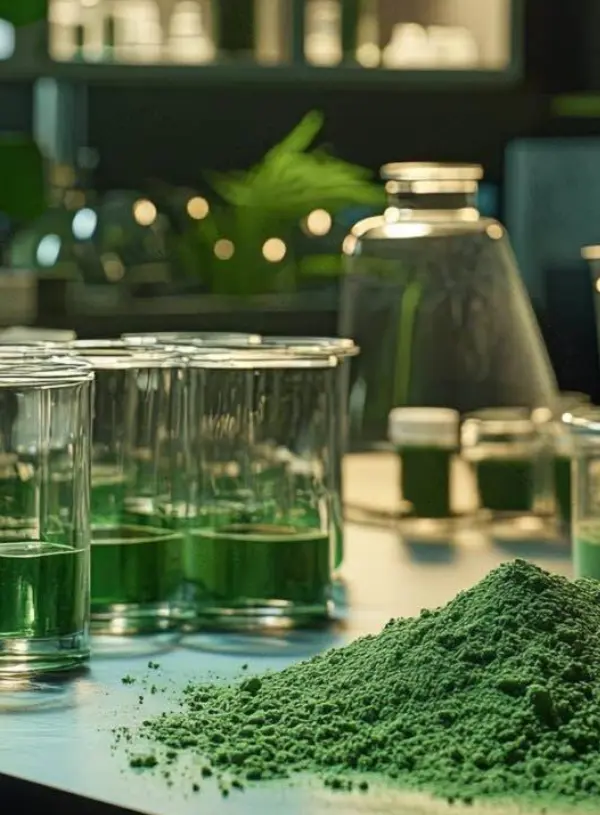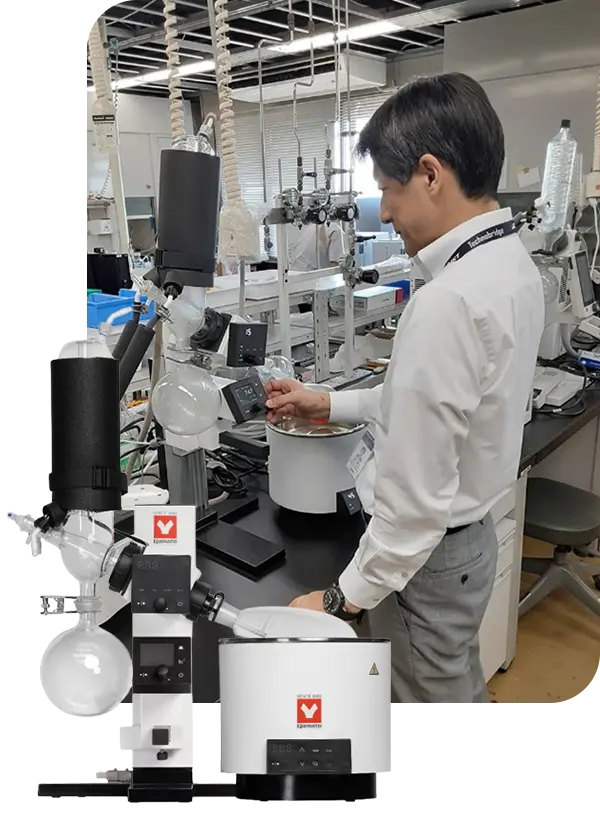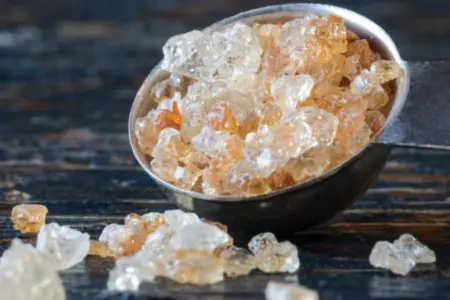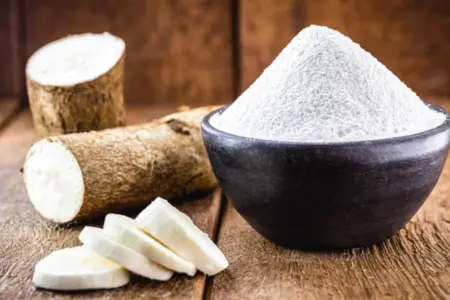How Can You Transform Sticky Algae Concentrates Into Stable, Research-Grade Pellets?
Finding the right instrument to support your research shouldn’t be as complicated as your research itself. Here’s our take on how you can achieve the outcome you want at a lower cost with a ton of repeatability.
Microalgae like spirulina and chlorella pack extraordinary nutritional density - up to 70% protein by dry weight, complete amino acid profiles, and bioactives that command premium prices in aquaculture and supplement markets. But if you've worked with concentrated algae extracts, you know the challenge: they arrive as sticky pastes or wet concentrates that cling to everything, degrade quickly, and make precise dosing nearly impossible.
For aquaculture feeding trials, you need uniform pellets that won't cloud tanks. For supplement prototypes, you need consistent dosage forms that maintain potency through storage. And for both applications, traditional drying methods often destroy the very compounds - phycocyanin, chlorophylls, carotenoids - that make these materials valuable.
The solution lies in controlled, low-temperature solvent removal that preserves bioactivity while creating stable, handleable pellets. Here's how rotary evaporation transforms problematic algae concentrates into research-ready nutrient delivery systems.
If you don’t want to learn about this, and you just want the rotary evaporator we built for this application, you can customize your rotary evaporator for microalgae-derived nutrient pellets package in less than 20 seconds.
Why Convert Microalgae Concentrates Into Pellets Instead of Powder or Paste?
The physical form of your algae product directly impacts research outcomes and commercial viability. Pastes spoil quickly, powders create dust clouds that waste material and irritate workers, and inconsistent forms make dosing a guessing game.
Pellets solve these practical problems through:
Precise dosing control
uniform size means consistent nutrient delivery in every feeding or supplement dose
Extended shelf stability
reduced surface area and controlled moisture content slow oxidation and microbial growth
Clean handling
no dust loss, no sticky residue on equipment, no material waste during transport
Versatile dissolution profiles
pellet density determines whether nutrients release immediately in water or slowly in digestive systems
Yamato's rotary evaporators achieve this transformation through uniform rotation that spreads concentrate into consistent thin layers, combined with vacuum control that determines final pellet density and hardness. The result: reproducible pellets that maintain their integrity from lab bench to feeding trial.
What Nutrient and Pigment Stability Challenges Exist During Microalgae Drying?
Algae's most valuable compounds are also its most fragile. Phycocyanin - the brilliant blue pigment worth $200-500 per kilogram - degrades rapidly above 45°C. Chlorophyll oxidizes within hours when exposed to heat and oxygen. Omega-3 fatty acids turn rancid. Traditional spray drying or drum drying methods that operate at 150-180°C destroy these compounds before pellets even form.
Low-temperature vacuum drying protects these sensitive molecules by removing water at 35-40°C - below the degradation threshold for most bioactives. The vacuum environment further reduces oxidation by limiting oxygen exposure during the critical drying phase. Independent testing shows phycocyanin retention above 90% when processed under vacuum at 40°C, compared to 40-60% losses with conventional drying.
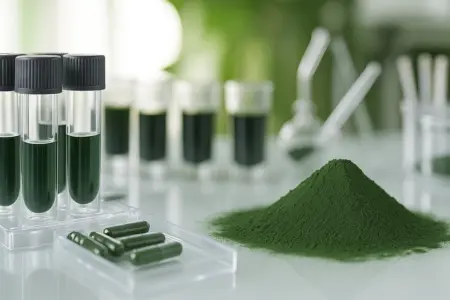
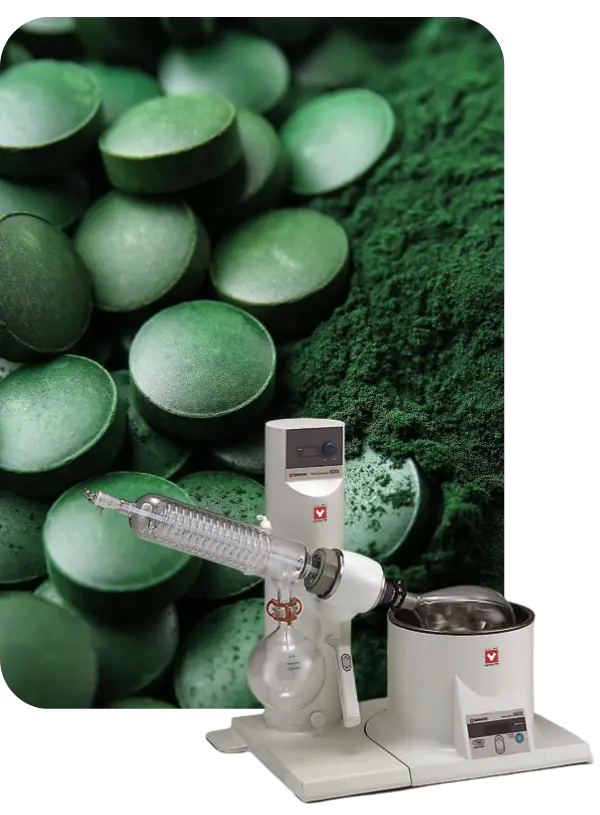
How Does Rotary Evaporation Improve Microalgae Pellet Consistency?
Consistency separates research-grade materials from commercial failures. Uneven drying creates pellets with moisture gradients - dry exteriors that crumble and wet centers that spoil. Variable rotation speeds produce mixed pellet sizes that dissolve at different rates, skewing nutrient delivery in feeding trials.
Rotary evaporation eliminates these variables through:
Even heat distribution across the entire product surface
Continuous mixing that prevents hotspots and moisture pockets
Programmable speed profiles that control pellet size distribution
Vacuum endpoint detection that ensures uniform final moisture content
The programmable SOPs in Yamato's systems lock in these parameters, ensuring Tuesday's batch matches Monday's - critical for multi-week feeding studies or clinical trials where consistency determines data validity.
What Binders or Carriers Work Best for Microalgae Pellets?
Raw algae concentrate rarely pelletizes well alone. The high protein content creates brittleness, while residual lipids prevent proper binding. Strategic binder selection transforms difficult concentrates into robust pellets without diluting nutritional value.
Natural binders that preserve product integrity include:
Guar gum (0.5-2%)
creates firm pellets that dissolve rapidly in water
Tapioca starch (5-10%)
adds structural integrity while remaining digestible
Pea protein (10-15%)
maintains high protein claims while improving binding
Gentle rotary evaporation preserves these binders' functional properties. High-heat methods denature proteins and gelatinize starches prematurely, creating pellets that either won't form or won't dissolve properly in target applications.
How Can You Control Microalgae Pellet Hardness and Dissolution Rate?
Aquaculture pellets need different properties than supplement prototypes. Feed pellets must sink without dissolving immediately, maintaining integrity for 5-10 minutes. Supplement pellets need rapid dissolution in stomach acid. The same algae concentrate can meet both requirements through process control.
Adjusting three parameters tailors pellet properties:
Solids content (20-40%)
higher solids create denser, slower-dissolving pellets
Rotation speed (20-120 rpm)
faster rotation produces smaller, more uniform pellets
Vacuum level (400-100 mbar)
deeper vacuum creates more porous, faster-dissolving structures
Yamato's wide speed range (10-280 rpm) and precise vacuum control (±1 mbar) provide the adjustment latitude needed for texture optimization - something fixed-speed units can't match.
What's the Optimal Residual Moisture for Microalgae Pellet Storage Stability?
Too dry, and pellets crumble during handling. Too wet, and mold grows within days. The sweet spot - typically 6-8% moisture for algae pellets - maintains structural integrity while preventing microbial growth.
Achieving this narrow target requires endpoint control more precise than watching for "dry appearance." Vacuum endpoint detection stops the process at predetermined pressure stability, indicating moisture equilibrium. This ±0.5% moisture precision extends shelf life from weeks to months, critical for products that might sit in inventory before use.
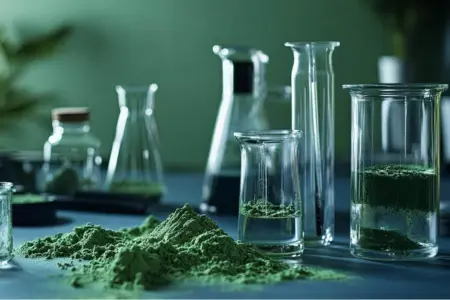
Can Additional Nutrients Be Co-Pelletized with Microalgae?
Modern aquaculture and supplement formulations rarely rely on single ingredients. Omega-3 oils, probiotics, vitamins, and minerals all need incorporation without mutual degradation. The challenge: many of these additions are even more heat-sensitive than the algae base.
Staged drying protocols protect multi-component formulations:
Initial low-temperature phase removes bulk water without stressing probiotics
Mid-stage temperature increase activates binders
Final vacuum pulse removes residual moisture while preserving vitamin potency
This staged approach maintains >85% viability for common probiotics like Bacillus subtilis while achieving target pellet specifications - impossible with single-stage, high-temperature methods.
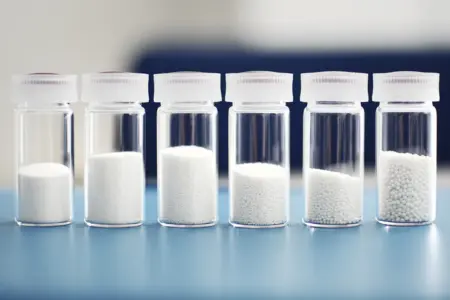
What Excipients Help Maintain Psilocybin Stability in Granules?
Your excipient selection can make or break granule stability. Start with antioxidants - ascorbic acid at 0.1-0.5% w/w or alpha-tocopherol at 0.05-0.2% w/w prevent oxidative degradation during storage. Add citric acid or tartaric acid to maintain pH between 4-5, where psilocybin shows maximum stability.
For granule structure, combine microcrystalline cellulose (15-25% w/w) with lactose monohydrate (10-20% w/w). The cellulose provides mechanical strength while the lactose ensures rapid dissolution. Include 2-5% croscarmellose sodium if you need faster disintegration, or 5-10% HPMC for controlled release profiles.
The beauty of rotary evaporation is that these excipients maintain their functionality. The gentle processing conditions preserve the antioxidant activity of ascorbic acid, maintain the crystalline structure of lactose, and prevent HPMC from forming insoluble films that could alter release kinetics.
How Does Rotary Evaporation Compare to Spray Drying or Drum Drying for Algae Processing?
Spray drying
Spray drying processes hundreds of kilograms per hour but requires inlet temperatures of 150-200°C. Even with short residence times, these temperatures destroy phycocyanin and oxidize lipids. The resulting powder requires additional agglomeration steps to form pellets.
Drum drying
Drum drying offers continuous processing but creates sheet products that need grinding and re-pelletizing. Surface temperatures reach 140°C, causing visible browning from Maillard reactions that alter nutritional profiles.
Sun drying
Sun drying remains common in developing markets but introduces contamination, creates inconsistent moisture levels, and takes days to complete - during which UV radiation destroys photosensitive compounds.
Rotary evaporation trades processing speed for quality preservation. While limited to kilogram-scale batches, it maintains bioactivity levels that justify premium pricing in high-value applications. For R&D and pilot production, quality trumps quantity.
What Storage Conditions Maximize Microalgae Pellet Shelf Life?
Perfect pellets deteriorate quickly under poor storage. Light degrades pigments, oxygen oxidizes lipids, and humidity reactivates dormant microbes. Proper storage extends stability from months to years.
Post-production protection requires:
Vacuum or nitrogen-flushed packaging to eliminate oxygen
Amber or opaque containers to block UV radiation
Desiccant packets to maintain <40% relative humidity
Temperature control below 25°C to slow chemical degradation
Pellets processed at optimal moisture levels show <5% nutrient loss after 12 months when stored properly, compared to 30-40% losses for improperly dried or stored materials.

How Can You Troubleshoot Common Microalgae Pellet Formation Issues?
Problem
Pellets too soft or crumbly?
Increase binder concentration or reduce final moisture content. Verify vacuum isn't too aggressive - excessive porosity weakens structure.
Problem
Inconsistent pellet size?
Check rotation speed stability and flask loading. Overloading creates thick layers that dry unevenly. Target 20-30% flask capacity for optimal results.
Problem
Color fading during processing?
Reduce bath temperature and processing time. Add ascorbic acid (0.1%) as an antioxidant. Ensure vacuum seal integrity - air leaks accelerate oxidation.
Problem
Poor dissolution in target medium?
Adjust pellet density through vacuum control. Consider hydrophilic carriers like maltodextrin to improve water penetration.
What Makes Yamato's Rotary Evaporators Different for Microalgae Pellet Applications?
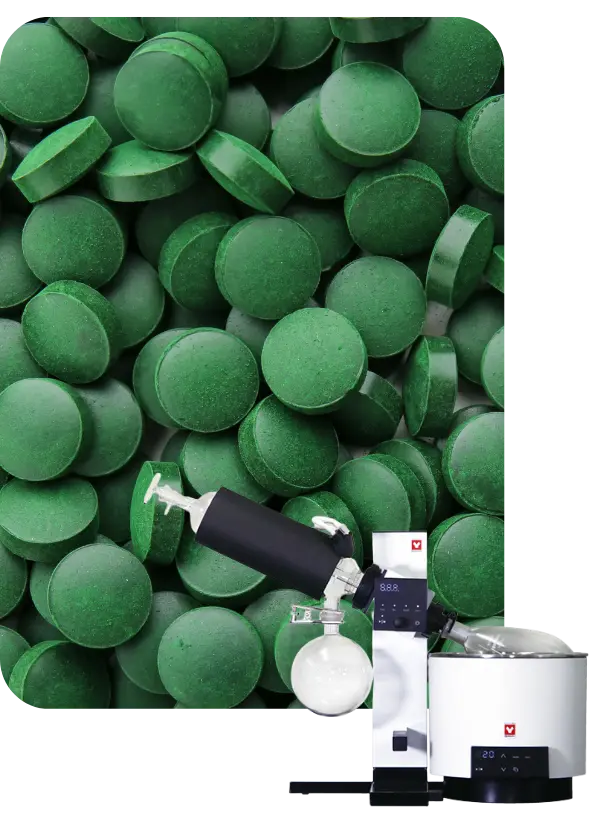
Generic rotary evaporators work for simple solvent removal. Algae pellet formation demands more - corrosion resistance for mineral-rich extracts, precise control for bioactive preservation, and reproducibility for research validation.
Yamato's systems deliver through:
Chemical-resistant glassware and seals that withstand saline algae extracts without degradation
Broad speed range (10-280 rpm) that accommodates everything from gentle mixing to rapid pellet formation
Programmable multi-stage drying that locks in validated protocols
Compact footprint that fits limited R&D space while maintaining full functionality
Local service and support that minimizes downtime during critical trials
The difference shows in results: consistent pellets, preserved bioactivity, and reproducible batches that generate trustworthy data.
Key Takeaways for Algae Product Innovators
Transforming algae concentrates into stable, uniform pellets opens doors to premium markets in aquaculture, companion animal nutrition, and human supplements. The challenge isn't just removing water - it's preserving the extraordinary nutritional profile that makes algae valuable while creating a practical delivery form.
Rotary evaporation provides the gentle, controlled conditions needed for this transformation. With proper parameter selection - 35-40°C bath temperature, staged vacuum protocols, appropriate binder systems - you can achieve >90% bioactive retention while creating pellets that meet specific dissolution and stability requirements.
For R&D teams developing next-generation algae products, this controlled approach means faster iteration, more reliable data, and products that maintain their value from lab to market.
Ready to optimize your algae pellet process? Contact Yamato for application-specific SOPs, or schedule a demonstration to see how controlled evaporation transforms your specific concentrate into research-ready pellets.
